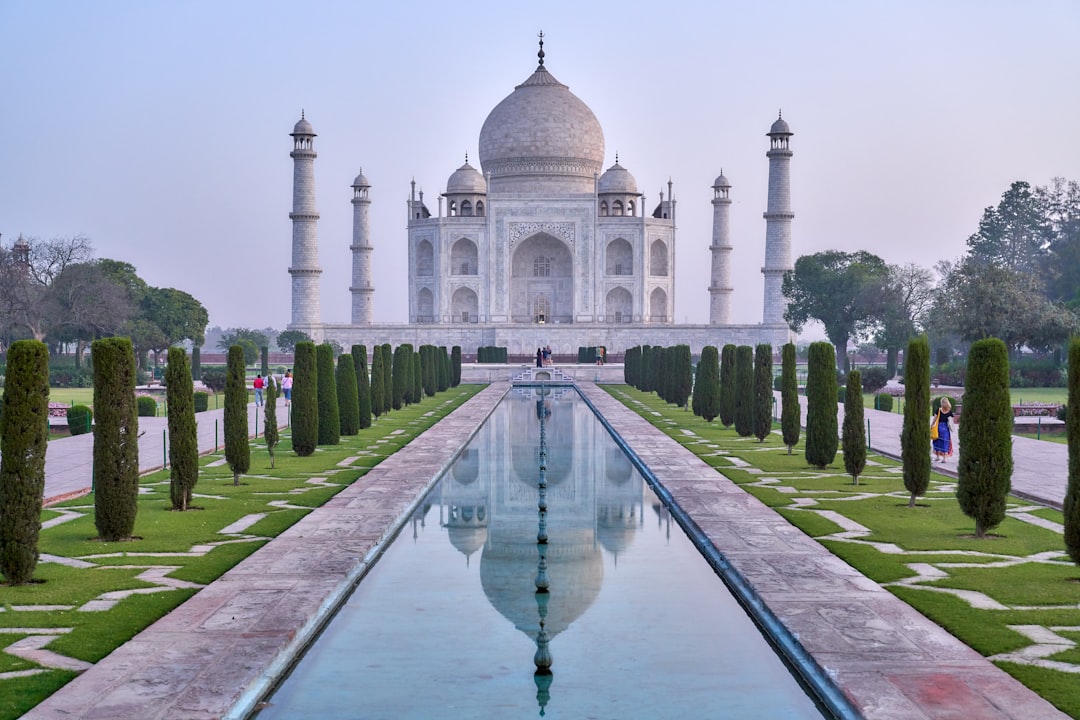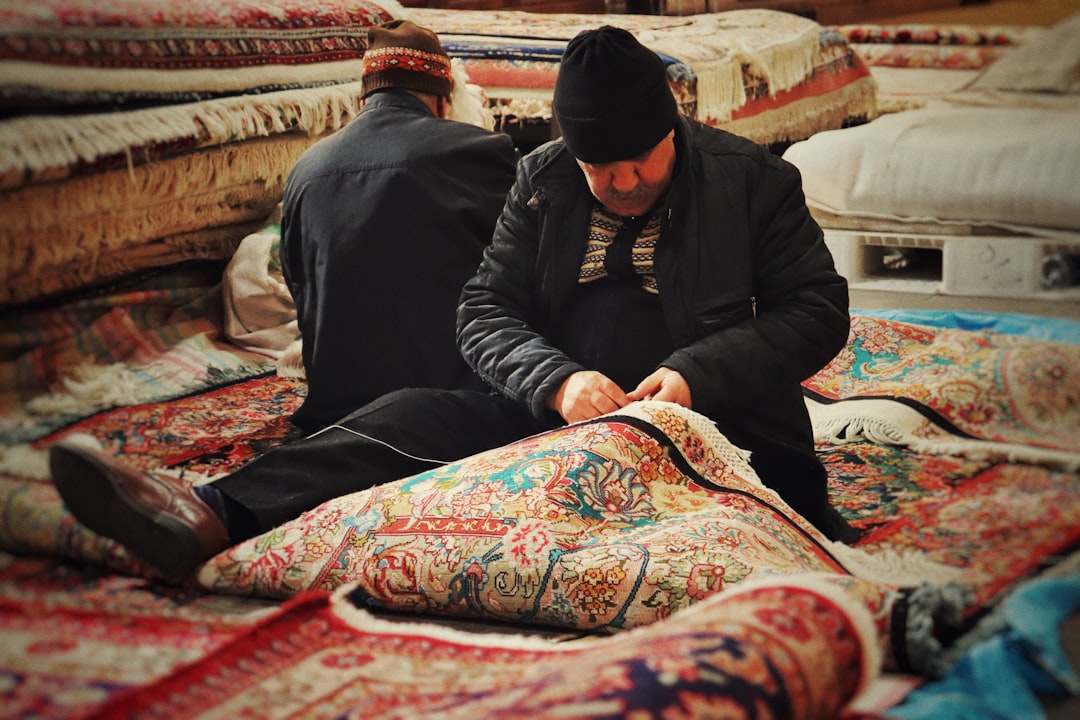The Mughal Empire (1526–1857), one of the most influential empires in Indian history, was not just shaped by its Indian roots but also by a profound cultural exchange with the Persian world. The influence of Persian culture, language, art, and governance permeated the Mughal Empire, leaving enduring imprints that still resonate in Indian culture today.
In this blog post, we will explore the deep cultural connections between Persia and the Mughal Empire, examining how Persian influence played a central role in shaping the empire's art, architecture, administration, and literature.
🌏 The Birth of the Mughal Empire: A Persian Connection
The Mughal Empire was founded by Babur, a descendant of Timur (Tamerlane) and Genghis Khan, who originally hailed from Central Asia. However, Babur's maternal ancestry came from the Persian line of Timur, and he had a deep admiration for Persian culture. When Babur’s grandson, Akbar the Great, ascended the throne in 1556, he solidified the Mughal Empire’s cultural ties with Persia, which would endure throughout the empire's rule.
The Mughal emperors, particularly Akbar, Shah Jahan, and Aurangzeb, actively promoted Persian as the language of administration, culture, and high society. Persian was not only the official language of the Mughal court but also of the elite classes, scholars, poets, and artists. The use of Persian as the lingua franca of the Mughal court created a bridge between the two cultures, facilitating exchanges of ideas, literature, and artistic traditions.
🏛️ Mughal Architecture: A Blend of Persian and Indian Styles
One of the most visible aspects of Persian influence on the Mughal Empire is its architecture. The Mughals were great patrons of architecture, and their buildings reflect a fusion of Persian, Indian, and Central Asian styles, creating a unique architectural identity.
The Persian Influence
The Mughal emperors, particularly Shah Jahan, drew inspiration from the Persian Safavid architecture. The use of intricate tile work, symmetrical gardens, and the incorporation of Persian-style domes and arches were evident in several Mughal monuments. Persian gardens, which symbolized paradise, were a hallmark of Mughal landscape design. These gardens, with their flowing water, pathways, and carefully arranged plantings, were influenced by the charbagh garden style prevalent in Persia.
Iconic Mughal Monuments
The most famous example of Persian architectural influence in the Mughal Empire is the Taj Mahal, built by Shah Jahan in memory of his wife Mumtaz Mahal. The monument’s design, with its grand dome, intricate marble inlay work, and four large minarets, follows Persian architectural principles. The garden layout around the Taj Mahal, with flowing water channels and symmetrical paths, mirrors the Persian garden concept of paradise on earth.
Other Mughal buildings, such as the Red Fort in Delhi and Fatehpur Sikri, also showcase Persian-inspired elements, from their use of Persian motifs in the decoration to their layout based on Persian palatial designs.
📜 Persian Literature and Language: The Heart of Mughal Culture
Persian was not just the language of the court and administration but also of literature. The Mughal emperors and their courts were great patrons of Persian poets, writers, and scholars. Persian poetry, particularly the ghazal and masnavi forms, flourished under the Mughal dynasty. Many Mughal emperors, such as Akbar and Shah Jahan, wrote poetry themselves in Persian.
Poetry and Court Culture
The Mughal court was a haven for poets like Mirza Ghalib, Abdul Rahim Khan-i-Khana, and Sadiqi. Persian poetry often conveyed themes of love, mysticism, and philosophy, aligning with the spiritual and intellectual currents of the time. Mughal emperors hosted literary gatherings and mushairas (poetry sessions), where poets would recite their works and discuss ideas.
The influence of Persian on the language of the Mughal court also gave rise to Urdu, a language that is heavily indebted to Persian vocabulary and literary traditions. Urdu evolved from the interaction between Persian, Arabic, Turkish, and Indo-Aryan languages and became a prominent language of poetry and literature in India.
The Development of Mughal Historiography
Persian also played a central role in the historical writing of the Mughal Empire. The Mughal emperors commissioned historians to write grand chronicles in Persian, documenting the empire's rise and expansion. Some of the most important historical texts from this period, such as the Akbarnama (the history of Emperor Akbar’s reign) and Padshahnama (the history of Shah Jahan’s reign), were written in Persian. These works are valuable not only for their historical insights but also for their literary beauty, showcasing the artistic use of the Persian language.
🎨 Mughal Art: Persian Inspiration and Innovation
Persian influence also extended to Mughal art, particularly in the areas of miniature painting and textiles. The Mughals were inspired by the delicate detail and intricate designs of Persian miniature paintings that flourished during the Safavid Dynasty. Mughal miniature artists, trained in the Persian tradition, adopted many Persian techniques and styles while also introducing their own innovations.
Miniature Painting
The Mughal miniature style, with its bright colors, fine details, and emphasis on realism, was deeply rooted in Persian tradition but also showed a synthesis with Indian and Central Asian influences. These miniature paintings often depicted scenes from royal life, battles, and courtly events, blending Persian aesthetics with Indian themes. Persian calligraphy, often used to caption these miniatures, further emphasized the cultural connection between the two regions.
Textiles and Design
The Mughal Empire was also known for its rich textiles, such as the famous Mughal carpets, which combined Persian and Indian techniques. These carpets often featured intricate floral patterns, symbolic motifs, and elaborate borders. Persian-inspired designs became highly sought after, and Mughal weavers and artisans produced textiles that were revered across the world.
🧳 The Enduring Legacy: Persian Influence in Modern India
The Persian legacy left a lasting mark on the culture, language, and arts of India. Even after the decline of the Mughal Empire, the influence of Persian continued to shape Indian culture in significant ways.
-
Language: Persian continued to be used by Indian elites and scholars long after the fall of the Mughals, particularly in the realms of literature and poetry. Today, many Persian words are integrated into Urdu, Hindi, and other Indian languages.
-
Architecture: The Mughal-style architecture, with its Persian elements, is still visible in many parts of India. Historical landmarks such as the Qutub Minar, the Taj Mahal, and Red Fort serve as reminders of the Persian-inspired Mughal heritage.
-
Culture: Persian literature, poetry, and art continued to influence Indian culture for centuries, with poets like Mirza Ghalib and Allama Iqbal carrying the Persian literary tradition forward.
✨ Conclusion: The Persian Footprints on India's Mughal Empire
The Mughal Empire stands as a remarkable example of cultural syncretism, where Persian influences were deeply integrated into the fabric of Indian society. From language and literature to architecture and art, the Persian heritage shaped the Mughal world in profound and lasting ways. These cultural exchanges not only created a unique blend of Persian and Indian traditions but also enriched the history of both regions, leaving behind a legacy that continues to define India's cultural identity to this day.
The enduring influence of Persian culture in India is a testament to the power of cultural exchange, and the Mughal Empire remains a vivid example of how two great civilizations—Persia and India—came together to create something truly extraordinary.





